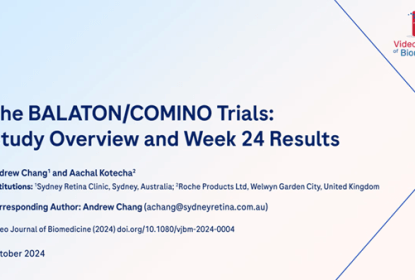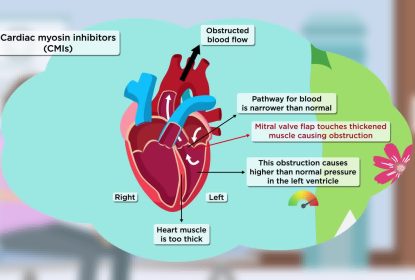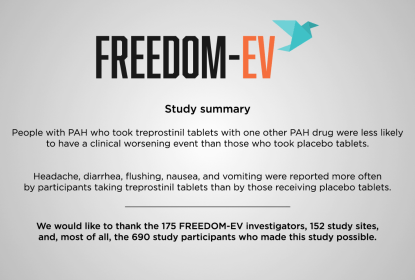
Retinal Vein Occlusion
The first of a two-part series on retinal vein occlusion (RVO), this animated video introduces the pathogenesis, symptoms, and risk factors of RVO, as well as the unmet needs of the patient population.
RVO is a multifactorial retinal vascular disorder, understood to be caused by a blockage in a retinal vein. Patients may be asymptomatic, but symptoms can be rapid and include painless reduction of vision. The degree of impairment depends on the severity of the occlusion. Left untreated, RVO can cause permanent vision impairment and blindness.
RVO imposes a substantial burden on patients and their carers due to its negative effects on quality of life, the need for frequent clinic visits to receive existing treatments, and high associated healthcare costs. Given that increased age and cardiovascular comorbidities are key risk factors, the incidence of RVO is expected to rise as the population ages and the prevalence of cardiovascular conditions increases.
There is therefore a need for new therapies to reduce the burden of RVO on patients and the healthcare system. The second video in this series presents the results of the phase III BALATON and COMINO trials, which assessed the efficacy and safety of faricimab, a bispecific antibody with a dual mechanism of action, in treating patients with RVO – this video can be viewed by clicking here or via the link below.
Please note, the content is based off information contained in this article:
Tadayoni R, Paris LP, Danzig CJ, et al. Efficacy and Safety of Faricimab for Macular Edema due to Retinal Vein Occlusion: 24-Week Results from the BALATON and COMINO Trials. Ophthalmology. 2024;131 (8):950–60. DOI: 10.1016/j.ophtha.2024.01.029.
Publication DOI: https://doi.org/10.1080/vjbm-2024-0003
Andrew Chang and Aachal Kotecha (2024). Retinal Vein Occlusion. Video Journal of Biomedicine. 8(7). DOI: 10.1080/vjbm-2024-0003.



